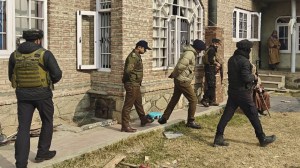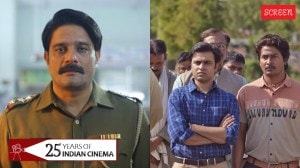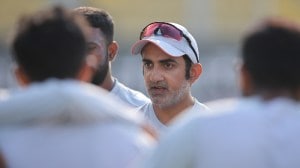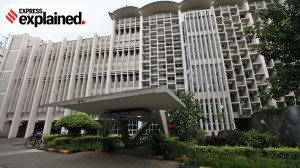In a signal to China,closing gap on Japan
PM begins 3-day Tokyo visit today to revive ties
Prime Minister Manmohan Singh’s three-day visit to Tokyo,starting Monday,will look to revive a strategic partnership that appears to have lost its way in recent times with both sides unable to meet each other halfway on key strategic issues.
If Japan surprised India by standing alongside China in the last meeting of the Nuclear Suppliers Group asking tough questions on Indias bid for membership,New Delhi had Tokyo wondering when it turned down a Japanese request to participate at this years Indo-US Malabar exercises off Kochi.
The Indian position,as etched by the Defence Ministry,is that it will only conduct bilateral exercises off the Indian coast to negate any impression of India being part of any military alliance. As a result,both sides are now working on proposals for a bilateral military exercises to close the gap in this significant area of cooperation.
While the two countries will signal common positions on China-prompted security issues in the Asia-Pacific,the bilateral relationship has seen a dip largely due to a lack of political impetus despite launching official-level dialogues in several areas. And here is where Singh will look to defreeze the partnership. Some of the key areas include:
n Nuclear cooperation: Talks on a civil nuclear cooperation agreement have not taken place for nearly two years. Japan insists that India integrates the statement of the then external affairs minister Pranab Mukherjee,which it laid before the NSG to obtain an exemption,a part of the bilateral agreement. India has said it cannot make such an exception because that would go beyond the set template of civil nuclear cooperation agreements it has signed with other countries,including the US. Also,Japan is still not willing to recognise Indias right to reprocess spent fuel. Talks have not moved beyond this. Singh will look to unlock this conversation with the new Shinzo Abe government,which may want to wait until its Upper House elections in July to make any concrete move.
n Economic cooperation: This is one area where India will look to corner Japanese investments and funding which were earlier
directed to China. Here again,operational bottlenecks have slackened progress. In the case of the western Dedicated Freight Corridor,where Japan is a major contributor,Tokyo is keen on a preferential system for its companies while India is insisting on open bidding as that is the government norm. Japan does not have a problem with bidding,but is concerned that Chinese companies with cheap bids may end up cornering contracts funded by the Japanese. The issue still has to be resolved. Similarly,some 19 projects have been identified in the Delhi-Mumbai Industrial Corridor under bilateral cooperation. Terms are still to be fully finalised.
n Defence: Besides military exercises,Japan is looking to amend its laws to sell military hardware to the other countries and enter into co-production ventures. India is a strong future prospect for Japan but for now,Tokyo has offered to sell the US-2 amphibious aircraft for search,rescue and reconnaissance purposes. Japan would consider it a civilian sale,but the Navy has found the cost prohibitive. At the same time,signalling closer operational cooperation between India and the Self Defence forces of Japan has its long term strategic benefits in countering China.
Japans own political situation has been a significant roadblock as progress on key strategic issues got caught in bureaucratic doggedness that was difficult to surmount. Political interactions also suffered in the process. But now,both sides are keen to signal intent.
After Singhs visit,Abe is expected to reciprocate in the later part of the year which would be followed by a rare visit of the Japanese Emperor towards the end of 2013.
On a lighter and symbolic note,this would more than equal Chinas effort of reciprocal visits of the Premier and the PM in a single calendar year. In fact,Japan would have had two significant visits to India.




- 01
- 02
- 03
- 04
- 05



























